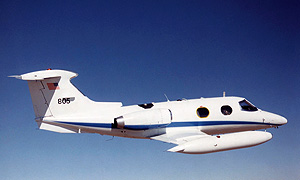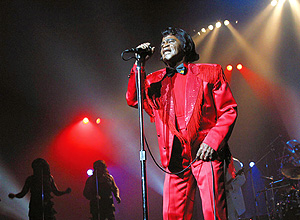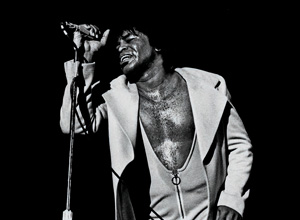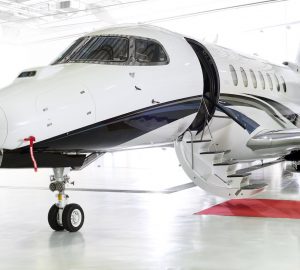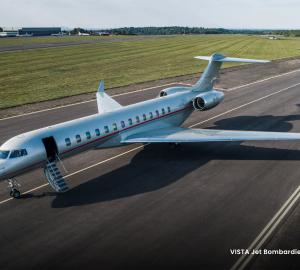James Brown — Get On Up
HOW JAMES BROWN BECAME THE HARDEST WORKING MAN IN SHOW BUSINESS
by Katrina Balmaceda Uy
APPARENTLY, LOOKING AT A PLANE CAN MOVE YOU TO TEARS. Such used to be a recurring scene in mid-1960s Augusta, Georgia, when young African-Americans would wait at the airport to glimpse the first private jet in America to be owned by a black man — the artist and performer James Brown. At a time when choosing a bus seat was an act of defiance, Brown’s 1966 acquisition of a Learjet 23 made him a hero. It not only placed him in an exclusive club that included the likes of Frank Sinatra; more importantly, it sent the message that blacks, too, could achieve ‘white success’.
Some of the misty-eyed onlookers must have imagined that jet as a flying party house — as many celebrities made use of their aircraft — but Brown saw it primarily as a workhorse. “I can get eight days work out of one week with this jet!” he often said of the planes he flew on. This was particularly true of the Learjet 23 aircraft, the first of which entered service in 1964 and disrupted the executive jet market with its small size and fighter plane capabilities. For Brown, its speed made it possible to perform more than one show in different cities within a day.
In his book about the life and legacy of Brown, author James McBride narrated a scene between the musician and the Reverend Al Sharpton, the musician’s tour manager from 1973 to 1980. After a show in which Brown threw the microphone into the air, jumped off the stage, caught the mic and landed in front of the audience in a perfect split, he skipped the after-party, returned to his suite and had his pompadour touched up under a hair dryer. Then he ordered the plane ready. “We’re leaving,” he said. “Tonight? We just got here,” said Sharpton. “Lemme tell you something, Rev. When you kill ’em, Rev, you leave. You kill ’em and leave.”
AT A TIME WHEN CHOOSING A BUS SEAT WAS AN ACT OF BRAVE DEFIANCE, BROWN’S 1966 ACQUISITION OF A LEARJET 23 MADE HIM A HERO
That was the way it was for the next 15 years, wrote McBride in his book, Kill ‘Em and Leave: Searching for James Brown and the American Soul. Although Brown sold his Learjet 23 in the 1970s to pay back taxes, he later leased a Learjet 24, and is said to have owned a Beechcraft H18, and dreamed of flying aboard the Airbus A380. Even in his seventies, he retained the same pace of performing: having dinner onboard a private plane, performing in one city, and leaving straight for the next show or appointment — all in a day. After all, he didn’t choose the nickname ‘The Hardest Working Man in Show Business’ for nothing.
At times, the arrival of his aircraft caused trepidation. In the mid-70s, at WRDW-AM, the radio station Brown bought in his hometown Augusta, the descent of his rented private jet would be announced at the studio and common area by a flashing red light. The disc jockey on duty would then play the sound of a roaring jet — the Learjet 23 and 24 being notorious for their roar on the tarmac — and announce the arrival with the energy, exaggeration and elongated syllables characteristic of every James Brown appearance. The Learjet 24 with black livery would also pique pilots’ curiosity, wondering how hot a plane painted so dark could get.
Brown, like his aircraft, aroused a mix of emotions, and became a public figure both worshipped and vilified. But like his unforgettable screams, the roar of his jets stood out as a symbol of freedom and a statement that, yes, it did feel good to be the Godfather of Soul.
LIKE HIS UNFORGETTABLE SCREAMS, THE ROAR OF HIS JETS STOOD OUT AS A SYMBOL OF FREEDOM AND A STATEMENT THAT, YES, IT DID FEEL GOOD TO BE THE GODFATHER OF SOUL



